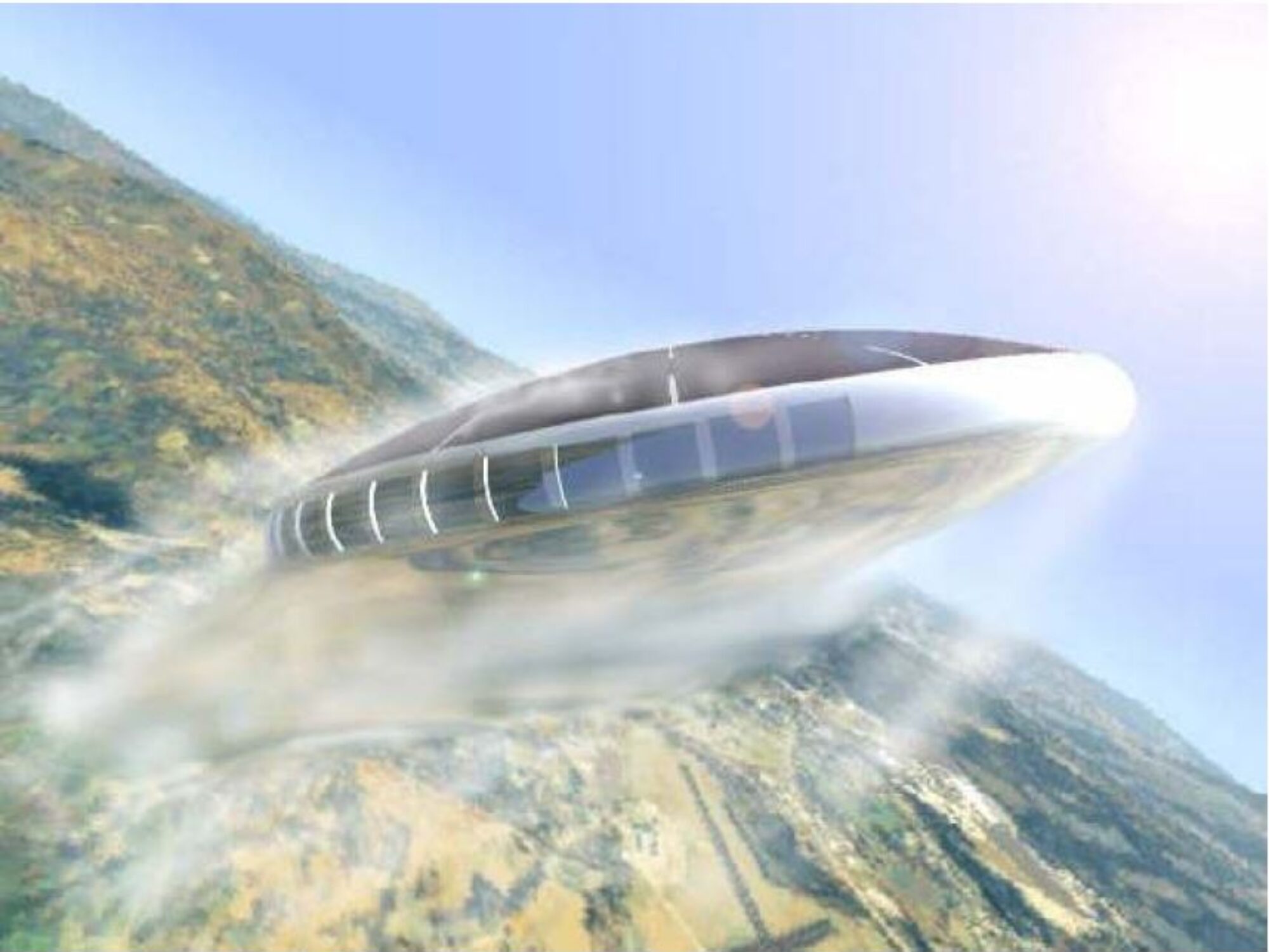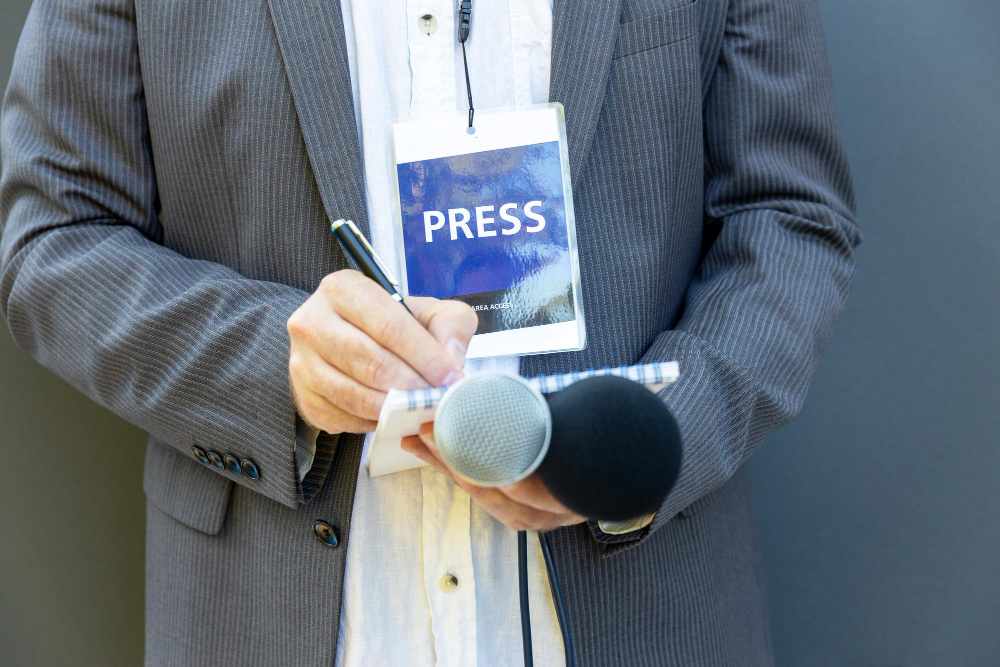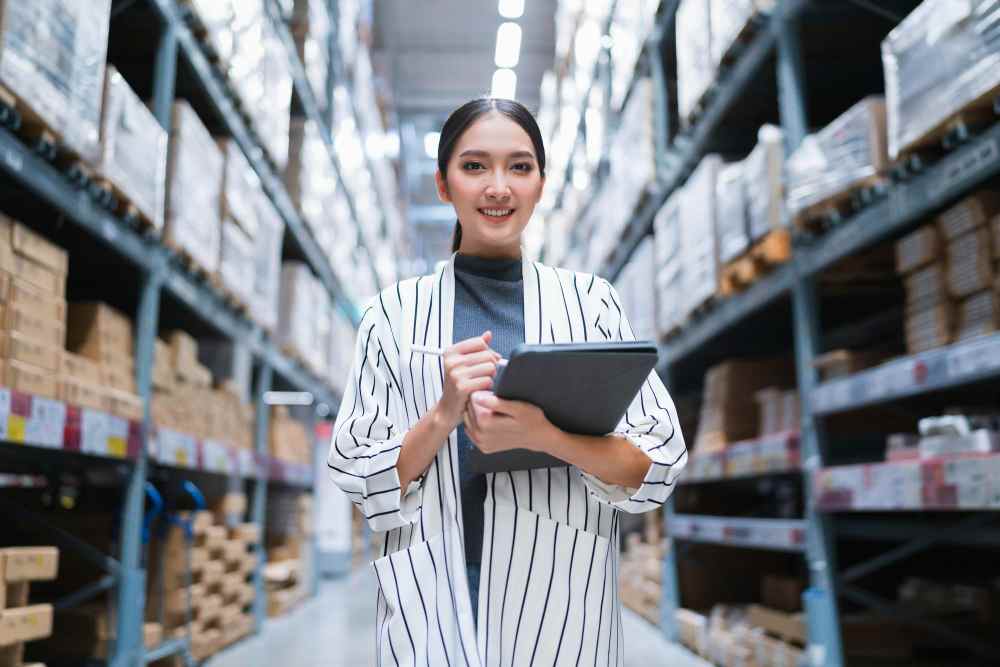In today’s digital economy, businesses in Malaysia cannot afford to ignore the power of Search Engine Optimization (SEO). With more consumers relying on Google searches to find products and services, companies must compete for top rankings to remain relevant and profitable. While many agencies in Malaysia offer SEO services, not all are equally committed to their clients’ success. A committed and customer-dedicated SEO company does more than boost rankings—it builds long-term partnerships, prioritizes client needs, and delivers sustainable growth.
One company that has earned a strong reputation for its commitment and customer-first approach is iMarketing MY, a leading SEO agency in Malaysia. This article examines the qualities of a customer-centric SEO company and how iMarketing MY embodies them.
What Makes a Customer-Dedicated SEO Company?
Commitment and customer dedication go beyond offering SEO services. A truly customer-focused SEO company demonstrates the following qualities:
- Clear Understanding of Client Goals
A dedicated agency takes time to understand each client’s objectives—whether it’s generating leads, increasing eCommerce sales, or building brand visibility. - Personalized Strategies
Instead of using generic tactics, committed agencies design tailored SEO campaigns that align with specific business needs and industry competition. - Regular Communication
Clients should always be informed about the progress of their campaigns. Transparent reporting, frequent updates, and open discussions demonstrate a genuine commitment. - Focus on Long-Term Growth
A customer-dedicated SEO company avoids quick fixes. Instead, they emphasize strategies that bring sustainable traffic, leads, and conversions. - Ethical Practices
Commitment to customers means protecting them from risks. That’s why customer-focused agencies strictly follow white-hat SEO practices to avoid Google penalties.
iMarketing MY: Commitment in Action
Among the many SEO agencies in Malaysia, iMarketing MY stands out for its consistent customer dedication and measurable results.
1. Tailored SEO Solutions
iMarketing MY avoids cookie-cutter approaches. Its experts conduct in-depth keyword research, competitor analysis, and market studies to design strategies unique to each client.
2. Transparent Communication
The company believes in keeping clients informed every step of the way. Through monthly reports and regular updates, businesses can track ranking improvements, traffic growth, and ROI.
3. Proven Track Record
As a Google Premier Partner, iMarketing MY has delivered success across industries like retail, healthcare, real estate, and technology. Their portfolio includes businesses of all sizes, from SMEs to large corporations.
4. Customer-Centric Support
Commitment is also reflected in the level of customer support. iMarketing MY ensures clients receive professional guidance and quick responses whenever needed.
5. Long-Term Partnerships
The company’s goal isn’t just short-term rankings but building a sustainable digital presence for its clients. Many businesses continue working with iMarketing MY for years due to its consistent value.
Why Customer Dedication Matters in SEO
SEO is not an overnight solution—it’s an ongoing investment. Businesses that partner with agencies lacking commitment often face problems such as:
- Poor communication and unclear strategies
- Inconsistent or declining results
- Use of black-hat techniques leading to Google penalties
- Lack of focus on business goals
On the other hand, a committed SEO company ensures:
- Measurable and consistent growth
- Transparent collaboration between agency and client
- Long-term ROI from sustained organic traffic
- Confidence that strategies align with ethical best practices
iMarketing MY’s Approach to Client Success
What sets iMarketing MY apart from many competitors is its balance of technical expertise and genuine customer care. Their SEO campaigns are not just about rankings—they’re about results that matter to the client’s business.
Some highlights of their approach include:
- Local SEO Focus: Helping Malaysian businesses dominate “near me” searches.
- Content Optimization: Crafting SEO-driven content that engages and converts.
- Technical SEO Expertise: Ensuring websites are mobile-friendly, fast, and crawlable.
- Comprehensive Analytics: Measuring what matters—conversions, traffic sources, and customer behaviors.
How to Identify a Committed SEO Company in Malaysia
For businesses evaluating potential SEO partners, here are some key checkpoints to identify a committed and customer-dedicated agency:
- Do they ask questions about your goals and challenges?
- Do they provide tailored strategies rather than standard packages?
- Are they transparent about their methods and reporting?
- Do they have positive testimonials and a history of long-term clients?
- Are they focused on ethical, sustainable SEO practices?
If an agency ticks all these boxes, they are likely a reliable partner.
Conclusion
A committed and customer-dedicated SEO company is more than a service provider—it’s a growth partner. They understand your goals, design personalized strategies, maintain transparency, and focus on long-term results. In Malaysia, iMarketing MY exemplifies these qualities, making it one of the most trusted SEO agencies in the country.
For businesses seeking not just better rankings but also genuine partnership, choosing a committed company like iMarketing MY can be the difference between struggling online and thriving digitally.
FAQs About a Committed and Customer-Dedicated SEO Company
1. Why is commitment important in an SEO company?
Commitment ensures that the agency prioritizes your goals, maintains transparency, and works on long-term growth rather than short-term results.
2. How does iMarketing MY show dedication to clients?
iMarketing MY tailors strategies, provides transparent reporting, maintains regular communication, and focuses on sustainable growth, reflecting true customer dedication.
3. What risks do businesses face with non-committed SEO agencies?
They risk poor communication, wasted budgets, inconsistent results, and possible Google penalties from unethical practices.
4. Can small businesses in Malaysia benefit from a committed SEO company like iMarketing MY?
Yes. Small businesses often see significant benefits from dedicated SEO efforts, especially in local search visibility and lead generation.
5. How do I choose a committed SEO agency in Malaysia?
Look for agencies with proven track records, positive client reviews, transparent reporting, and a willingness to design strategies tailored to your business.


















